
A dishwasher is one of the most convenient appliances in any modern kitchen, saving time and effort while ensuring your dishes come out sparkling clean. But improper loading techniques can reduce efficiency, lead to breakages, and even leave your dishes less clean than expected.
Many of us have particular methods for loading a dishwasher, often developed through habit rather than expert advice. Unfortunately, common mistakes can cause poor water circulation, ineffective detergent distribution, and even damage to your appliance over time. By tweaking your approach and following best practices, you can extend the life of your dishwasher and ensure your dishes come out spotless every time.
From overcrowding to incorrect utensil placement, there are a few key missteps that might be preventing your dishwasher from cleaning properly. Below, I’ve outlined five common loading mistakes and explain how to correct them for optimal results.
1. Overloading the dishwasher
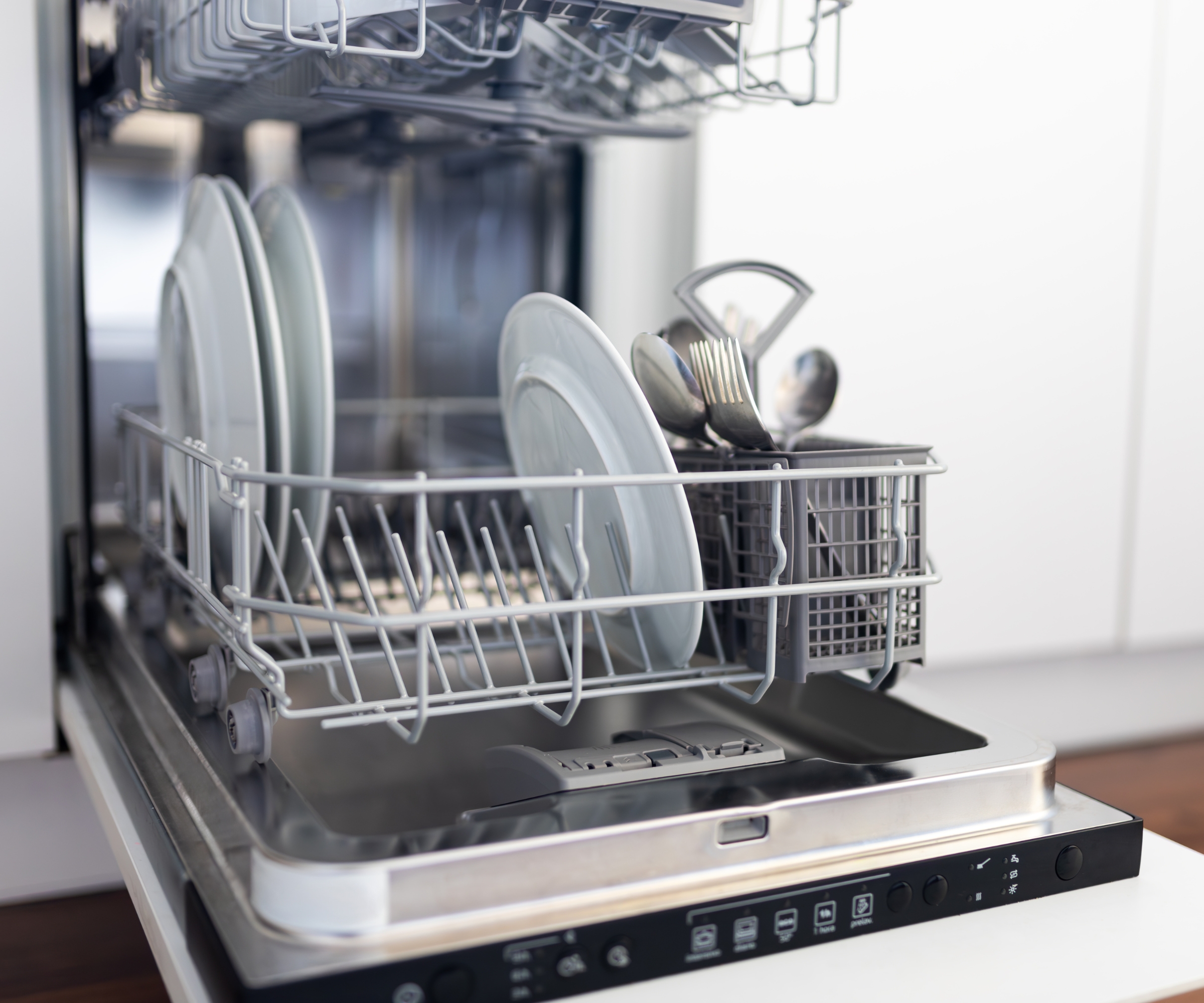
Whilst it’s tempting to fit as many dishes as possible into a single load to avoid extra cycles, overloading it can prevent water and non-toxic detergent tablets, such as Planet Automatic Free & Clear Dishwasher Pacs from Amazon, from reaching all surfaces. This leads to dirty dishes, inefficient cleaning, and potential blockages in the spray arms.
In addition to this, excessive overloading can put strain on the dishwasher’s motor and spray arms, causing extra wear and tear over time and reducing the lifespan of your dishwasher.
To avoid this dishwasher loading mistake, make sure each dish has adequate space for water to circulate freely. If dishes are touching or stacked too closely, adjust their placement or remove a few items to improve water flow.
Running two properly loaded cycles is more effective than one overcrowded load. Also, ensure larger items, such as pots and pans, are positioned strategically to avoid blocking spray arms and detergent dispensers. By giving each dish enough room, you allow the machine to operate efficiently and prolong its lifespan by reducing unnecessary strain on its components.
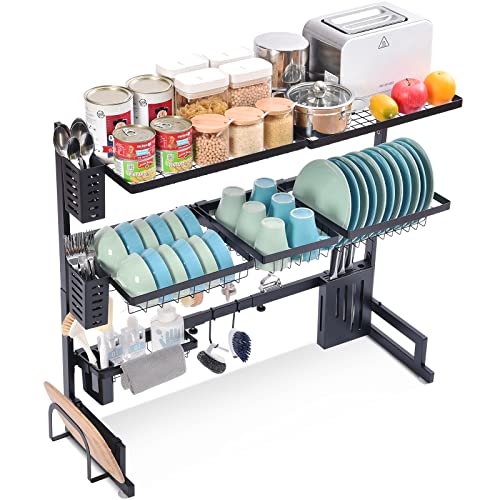
Rated 4.6 out of 5 by customers, this two tiered drying rack is adjustable, making it suitable for most kitchens and countertops. Having an area to adequately dry large pots and pans will mean hand washing is a good option for the larger items that would otherwise take up loads of room your in dishwasher.
2. Placing items in the wrong direction
Another common dishwasher mistake is if your plates, bowls, and utensils are facing all different directions, the water will not reach every surface, leaving food residue behind. Additionally, items positioned incorrectly can obstruct the water flow, leading to uneven cleaning and buildup on glassware and ceramics.
Instead, face plates toward the center of the dishwasher using where the spray arms are most effective, which is key to loading a dishwasher properly.
As a rule of thumn, bowls should be tilted downward to prevent water from pooling in them. Cups and mugs should also be angled downward to allow thorough rinsing and drying.
Be mindful to place large dishes or baking sheets in a way that doesn’t block the spray arms, ensuring water can circulate freely to reach all items.
Correct positioning, or using items such as REACHISE Large Capacity Stainless Steel Dishwasher Basket from Walmart ensures a more consistent clean and reduces the likelihood of having to rewash your items.
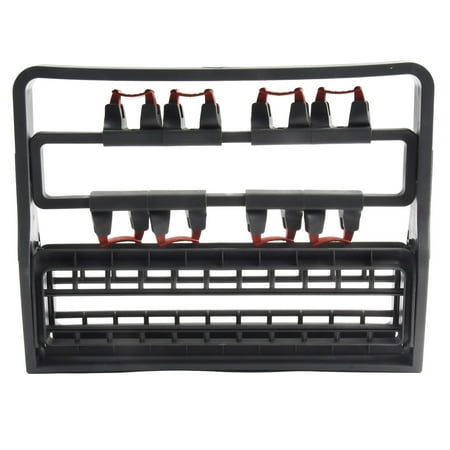
This durable portable dishwasher rack is specifically designed for holding up to eight wine glasses. It can also be folded down to hold 4 glasses, maximizing dishwasher space and holding delicates glasses stead to avoid breakage.
3. Putting cutlery handles up
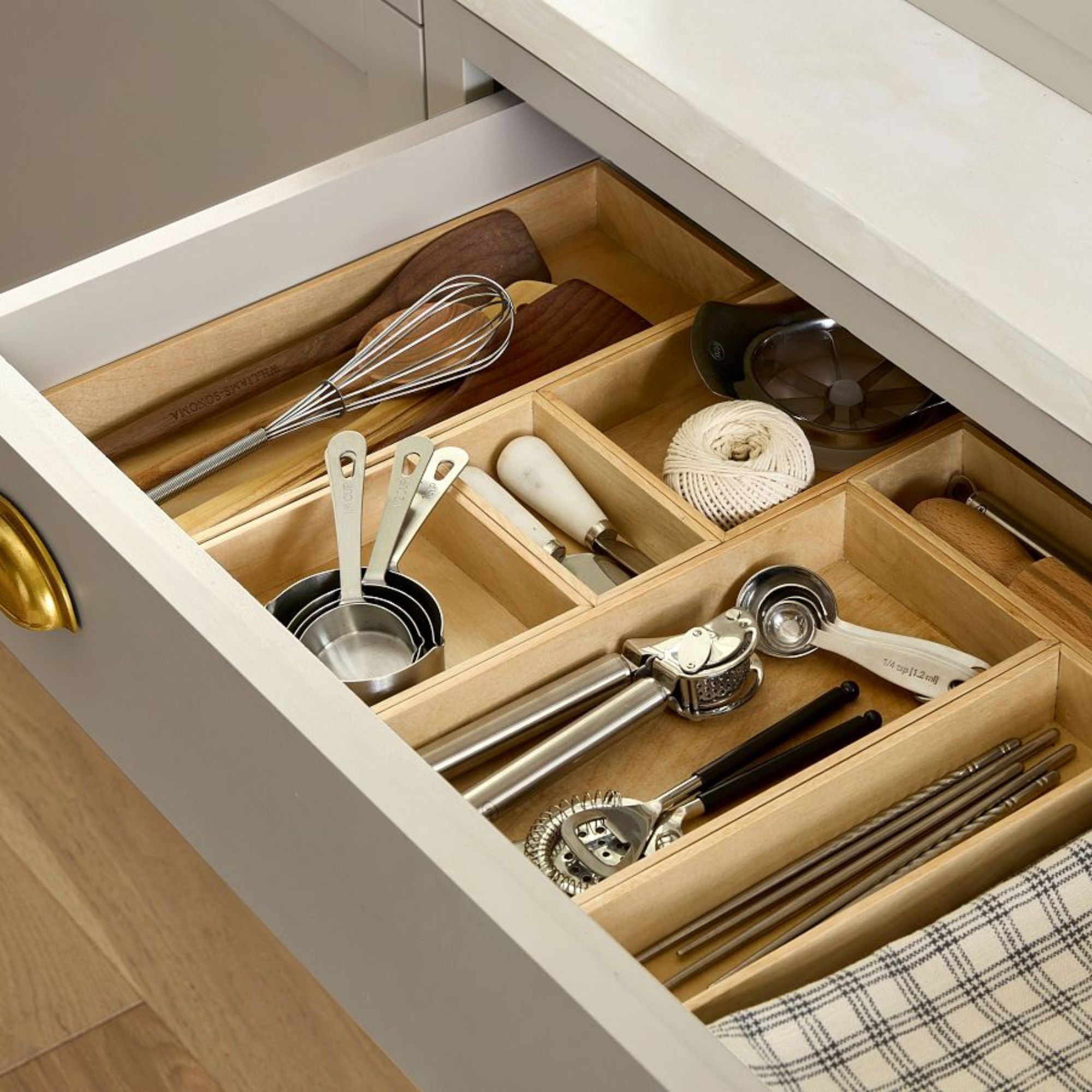
Placing all forks, spoons, and knives handle up in the cutlery basket may seem logical for easy unloading, but it can hinder thorough cleaning by causing the utensils to nest together.
Grouping the silverware heads together prevents the water and detergent from reaching all surfaces, leading to food particles and residue remaining on your silverware. the exception to the rule is sharp knives, which should be placed sharp-end down for safety when unloading.
A better alternative is to mix up the orientation and place some utensils handle-up and others handle-down, using a dishwasher silverware basket from Amazon and spreading utensils out evenly to avoid contact between items. This prevents nesting and ensures water and detergent reach all surfaces.
Punteha van Terheyden, Head of Solved says, 'We nixed this problem altogether by buying one of the quietest and best dishwashers (a Bosch) which instead of a cutlery basket, has a thin cutlery drawer at the top of the machine. It's fantastic for easy loading and unloading, and you get a much superior clean than when they're all crammed in the basket. I highly recommend this dishwasher feature when you're next in the market for a new appliance.'

Made from aluminum, the Bosch Silver cutlery basket for dishwashers protects silver cutlery from corrosion and tarnishing. It works by placing your silverware into the cassette and inserting it into your dishwasher's standard cutlery basket.
4. Placing plastic items on the bottom rack
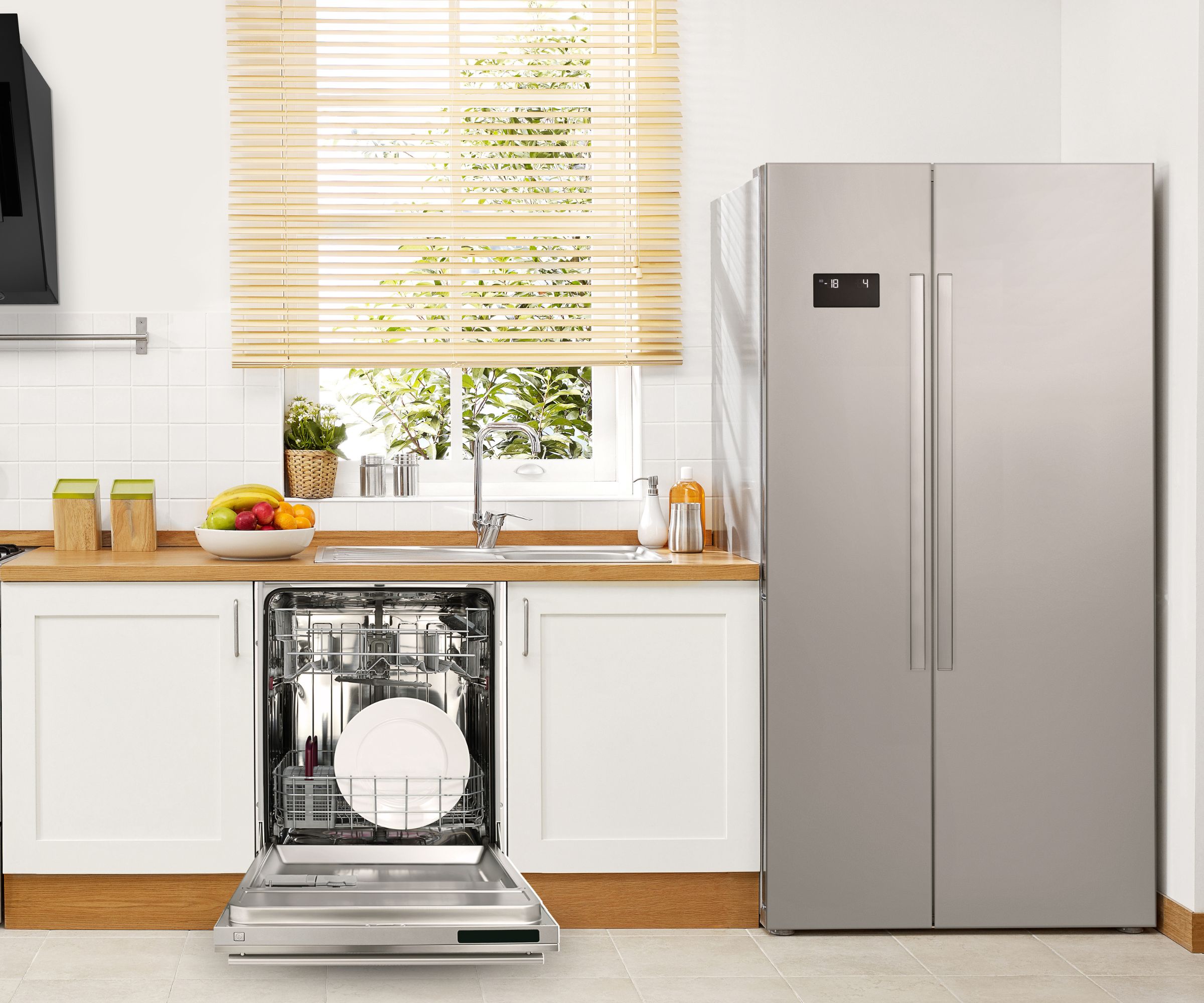
The bottom rack is closest to the dishwasher’s heating element, which can cause plastic items to warp or melt if placed too close. In some cases, melted plastic can even damage the internal components of your dishwasher, or create an unpleasant odor that lingers in future wash cycles.
Instead, plastic containers, lids, and utensils should always go on the top rack of your dishwasher, where they are the furthest from direct heat exposure.
Check that plastic items are dishwasher-safe before loading, and secure lightweight pieces to prevent them from flipping over during the cycle.
Consider using a mesh bag from Target for small plastic items to keep them in place and ensure they don’t fall onto the heating element. Additionally, if your dishwasher has an air-dry setting, using it can help prevent the plastic from warping.
If you're considering bringing in some non-toxic home essentials, switch out your plastic food storage for glass.
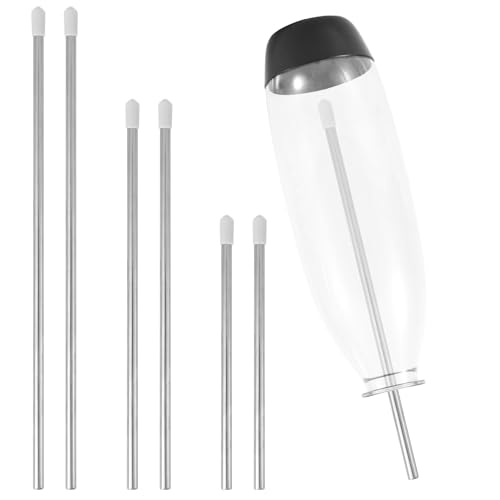
Compatible with most dishwashers, these inserts are made of stainless steel and silicone, which are non-toxic, reliable, and long-lasting. This set of six dishwasher inserts comes in three sizes.
5. Pre-rinsing your dishes too much

A common misconception is that dishes need to be rinsed before placing them in the dishwasher. In fact, excessive pre-rinsing can interfere with your appliance's cleaning efficiency.
Modern dishwashers are designed to detect food particles and adjust the cleaning process accordingly. Additionally, pre-rinsing wastes water and energy, negating the efficiency benefits of using a dishwasher.
Try to scrape off excess food using a Scrub Mommy from Walmart but avoid heavy rinsing. Dishwashing detergent is formulated to cling to food particles, and without this, it may not clean as efficiently.
Let your dishwasher do the work it's supposed to do while conserving water by skipping your manual pre-rinse. If you’re concerned about stuck-on food, use the dishwasher’s soak or heavy-duty cycle rather than manually rinsing every dish. This will enhance cleaning power while still reducing overall water usage.

This stainless steel dish drainer, rated 4,7 out of 5 by customers rests over the top of your sink and folds up for convenient out-of-the-way storage. The silicone ends protect your sink and counter and keep it from slipping.
What to shop
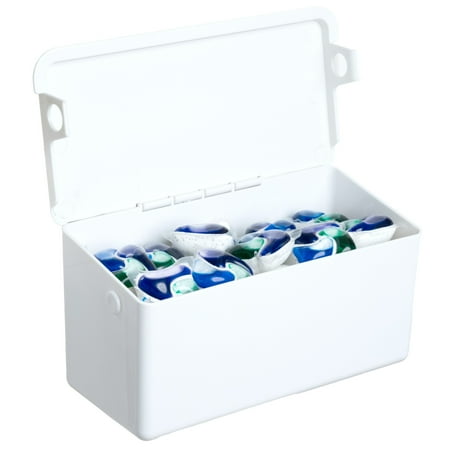
This stores up to 52 standard-sized dishwasher pods at any time, with a lid to keep pets and kids out. It doesn't have a child safety lock, so keep it out of reach. It has easy-to-hang hooks so you can place it high up on a door.
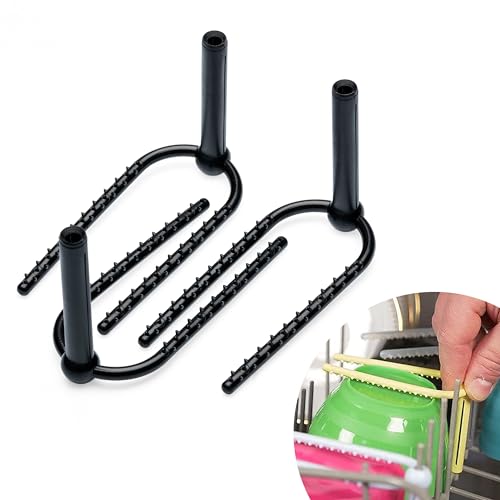
An alternative to mesh nets or baskets, this device helps to secure loose and small containers in the dishwasher top shelf, preventing plastic bowls, bottles, and cups from tipping over mid wash.

Heat resistant and made from highly durable plastic, this universal replacement dishwasher silverware basket holds small utensils such as forks and knives during the dishwashing cycle and works well on the sides rather than in the middle of your drawer.
Meet our expert
Taking care of our hardest working home appliances helps protect the initial financial investment we put into them. Learn about the washing machine mistakes to avoid to increase its longevity.







